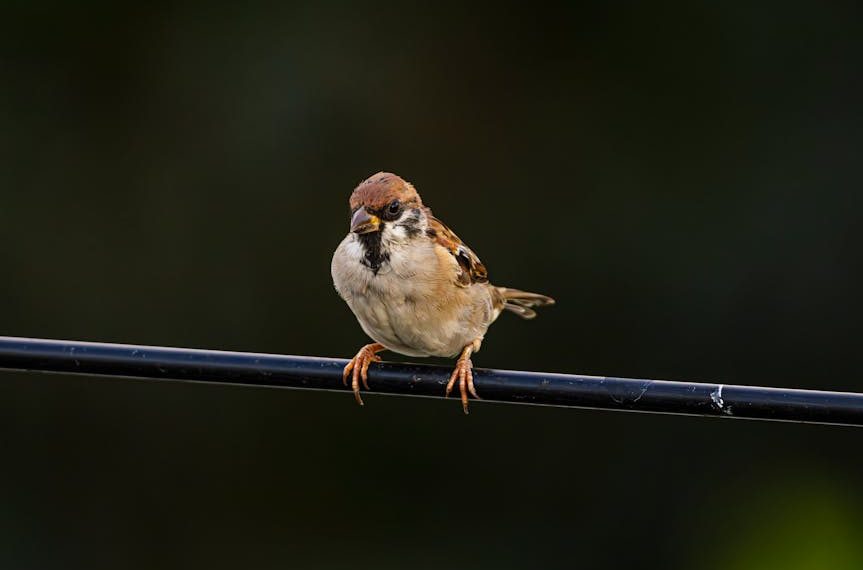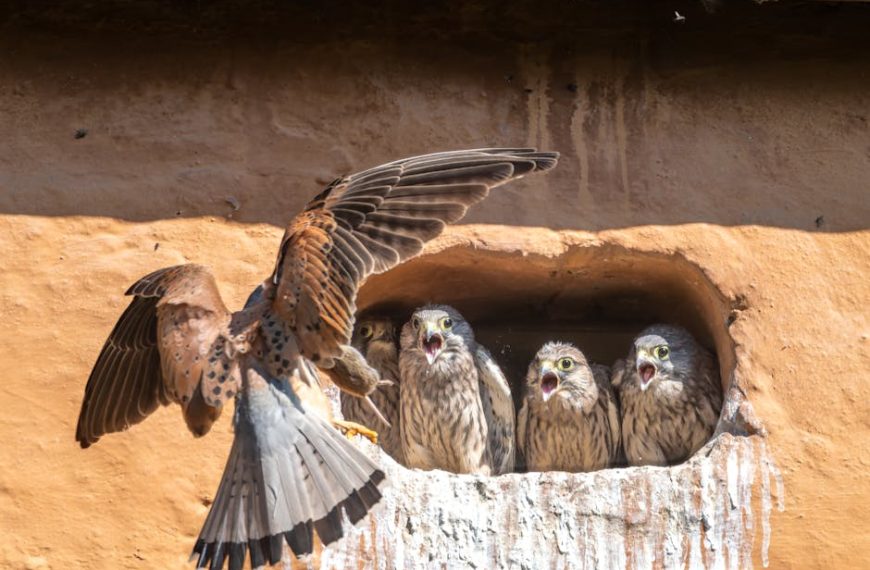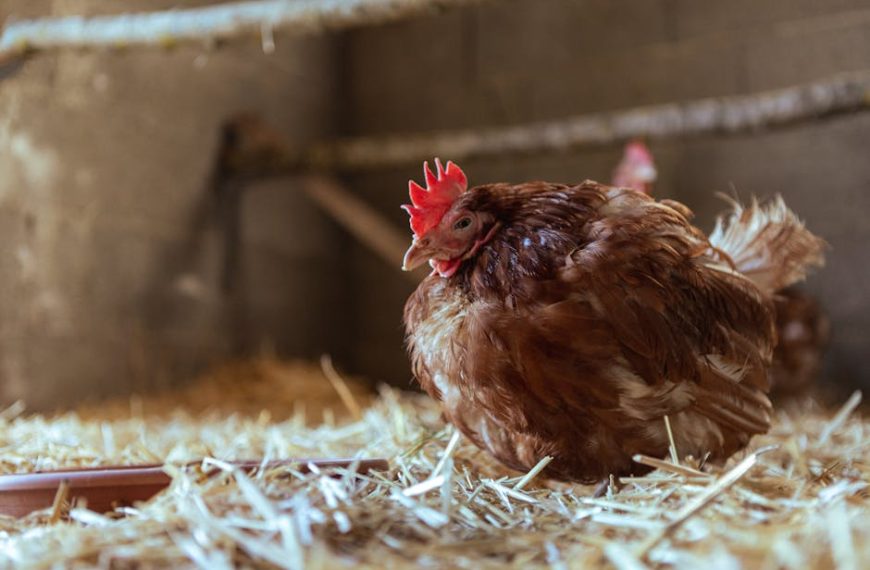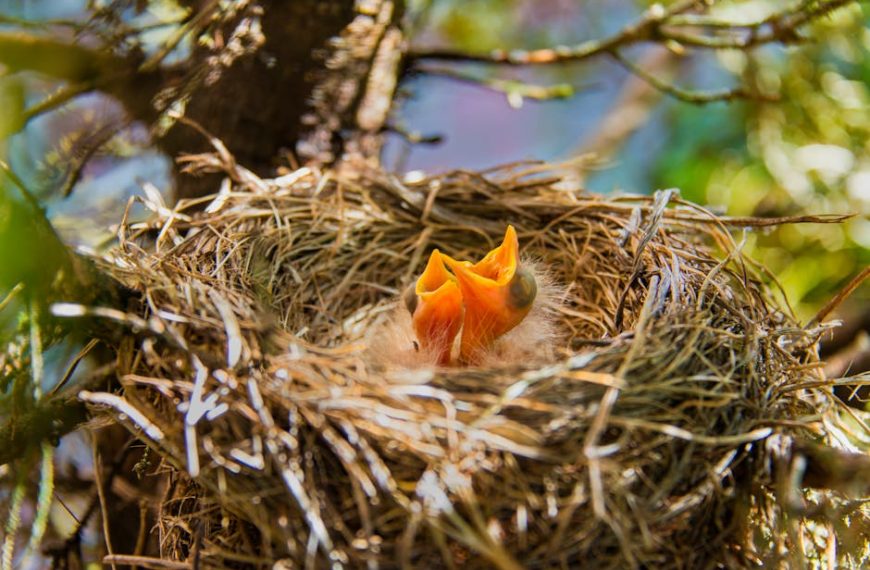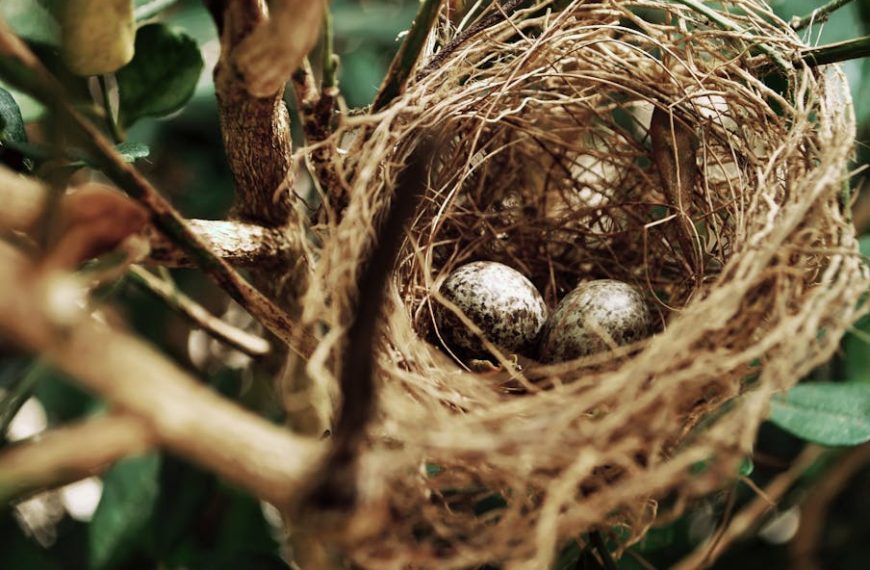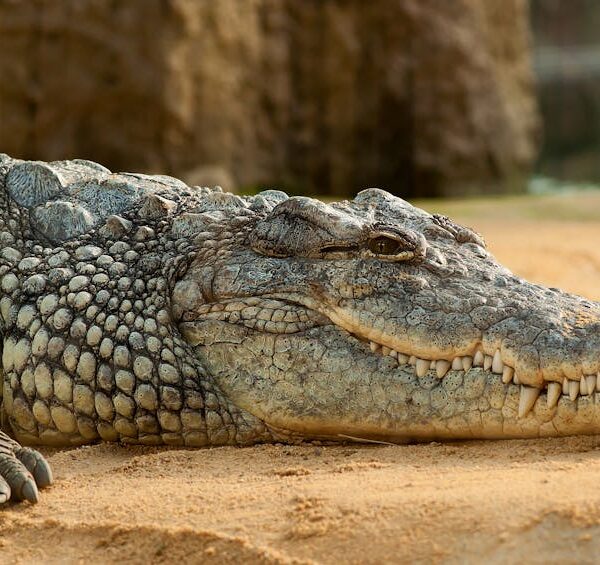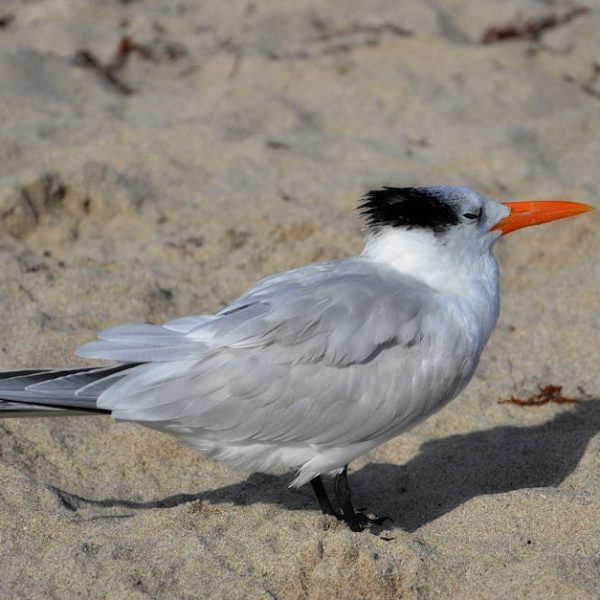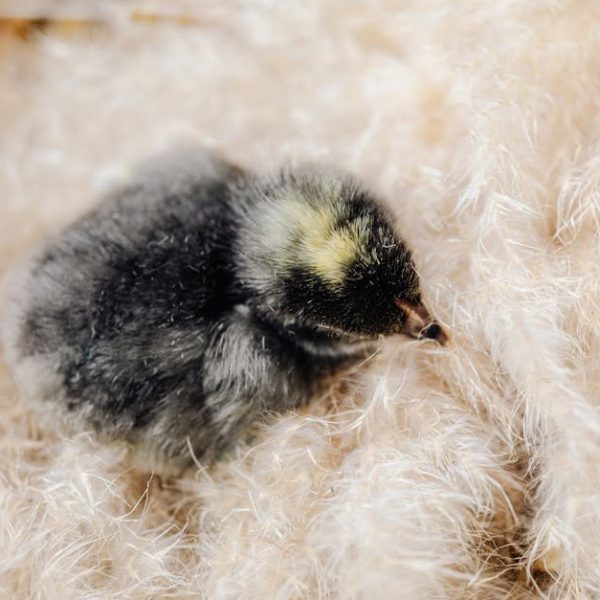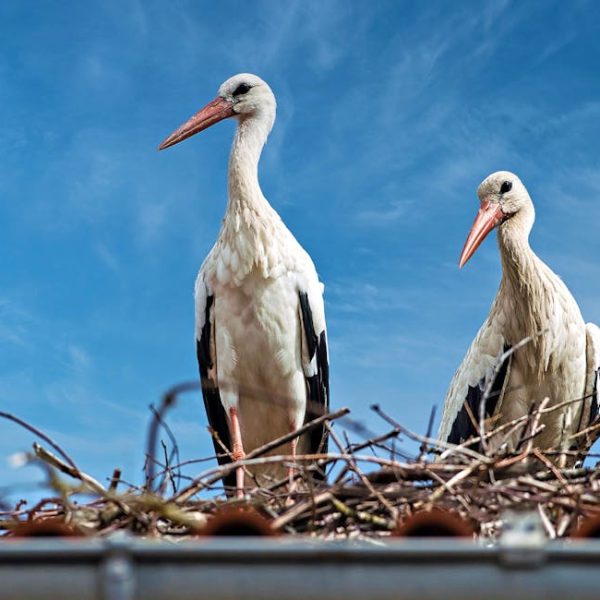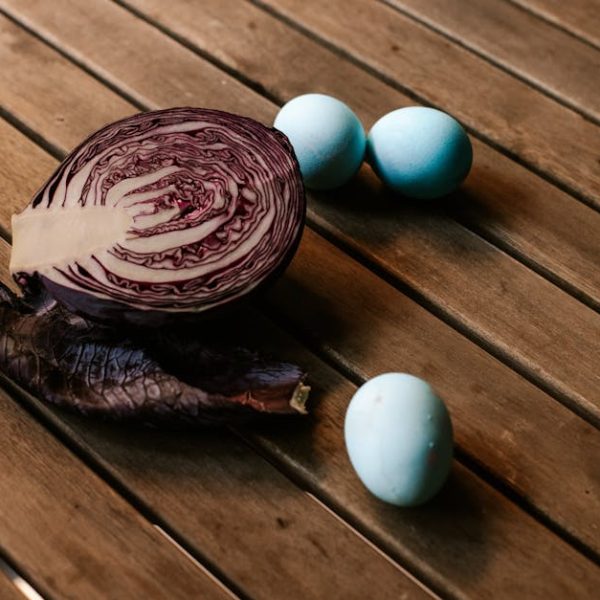Bird mating patterns and frequency are a fascinating aspect of ornithology, shaped by a blend of instincts, environmental cues, and adaptive strategies. The impressive variations in mating behavior across different bird species underline their evolutionary adaptability. For amateur bird watchers and enthusiasts, knowledge of bird mating habits can provide a valuable context to observe, appreciate, and conserve these aerial creatures in their natural habitats.
Bird Reproduction: An Overview
Most birds are seasonal breeders, with mating often occurring during spring or summer when food resources are abundant. They mate based on multiple factors like season, habitat stability, and food availability, which directly impact their reproductive success. These factors range from:
- The onset of spring or monsoon as a mating trigger.
- The availability of nesting areas.
- Access to ample food resources.
Pro Tip: Understanding bird mating habits is essential, especially for birdwatchers and amateur ornithologists. This insight not only enriches their observation but also promotes respectful and non-disruptive practices.
Capturing the Spectrum: Diverse Mating Frequencies among Birds
Bird species exhibit remarkable diversity in their mating frequencies. For instance, some birds like doves tend to mate multiple times a day, while others like bald eagles mate only a few times per breeding season. Factors contributing to these discrepancies can include:
- The bird’s life span (long-lived birds often breed less frequently).
- The availability of mates.
- Different survival and reproductive strategies.
Birdwatchers should understand such discrepancies – observing the mating behavior of a certain species over time can reveal critical insights into its lifecycle and habits.
Mating Season: When Birds are Most Likely to Mate
Birds mate when conditions are conducive to raising their offspring, typically marked by an abundance of food and favorable weather. These optimal conditions often coincide with spring and summer. Signs of the bird mating season can include increased vocalization, the building or renovation of nests, and elaborate courtship displays. For bird enthusiasts, identifying these signs in different species can elevate the experience of bird watching.
Pro Tip: Watch for auditory changes in your local avian community. The onset of the mating season is typically heralded by an escalation in birdsong, as males strive to attract females.
In this article, we delve deeper into the nuances of bird mating behaviors and look at the influences of monogamy and polygamy, as well as mating rituals, on how often birds mate. As a bird enthusiast, understanding these aspects can enrich your observation, identification, and appreciation of different bird species.
The Role of Monogacy and Polygamy in Bird Mating
The mating strategy adopted by certain bird species, whether monogamy or polygamy, significantly influences their mating and reproductive behavior. Monogamous birds partner with a single mate for various durations, even a lifetime in some cases, which helps foster intense parental involvement for better offspring survival. Polygamous birds, on the other hand, mate with multiple partners which increases their chances of genetic propagation.
To highlight the key differences between monogamy and polygamy in bird species, consider the following:
- Monogamous birds, such as swans or albatrosses, mate less frequently due to their long-term commitment to one partner. They focus energy on offspring care and survival.
- Polygamous birds, like the red-winged blackbird or the sage grouse, mate more often to spread their genes widely. However, they contribute less towards offspring care as their focus is on mating with more partners.
Fact: About 90% of bird species are monogamous, attributing to their preference for shared parental care. However, monogamy in birds is often not exclusive, and a significant portion engages in extra-pair copulations, mating outside their pair, covertly.
Bird Mating Rituals and Their Impact on Mating Frequency
Bird mating rituals are a captivating spectacle that represents sophisticated communication and bonding between potential mates. These rituals often serve a dual purpose of attracting a mate and demonstrating fitness, both of which positively influence their mating frequency.
For example:
- Male bowerbirds construct elaborate structures, known as bowers, and decorate them with bright objects to attract females.
- Peafowls display their magnificent tail feathers in an extravagant mating dance to entice potential mates.
- Albatrosses engage in intricate synchronized dances that involve bill touching and preening.
Best Practice: While observing bird mating rituals is an enriching experience, remember that it’s vital to minimize disturbance to their natural behavior. Maintain a respectful distance, avoid sudden motions, and use binoculars or spotting scopes to view from afar. Keep noise to a minimum and do not try to interact with the birds. By respecting their space and natural behavior, you can enjoy birdwatching ethically and responsibly.
In conclusion, a bird’s mating frequency is a complex affair. Influenced by multiple factors from the season and habitat to the mating strategy and rituals, it presents a fascinating facet of their behavior. As wildlife enthusiasts, the more we understand these behaviors, the better we can appreciate the incredible complexity and variety of bird life.
Key Takeaway:
- Bird mating behaviors are varied and complex influenced by numerous factors including season, habitat stability, and food availability.
- Birds mate based on environmental cues and adaptive strategies that directly impact their reproductive success.
- Enthusiasts can enhance their birdwatching experience by understanding bird mating rituals and mating frequency.
- Monogamy and polygamy significantly influence the mating frequency of birds each coming with its specific benefits and drawbacks.
- Understanding these aspects can help foster respectful and non-disruptive birdwatching practices.
Bearing witness to bird mating and understanding the nuances of their behavior can be a deeply enriching experience for birdwatchers and enthusiasts alike. Taking the time to appreciate these diverse mating behaviors can provide a valuable context to not only appreciate but also ensure a more responsible and ethical approach to observing these remarkable creatures in their natural habitats.
FAQs
Q: How does the availability of food resources impact bird mating?
A: Availability of food resources significantly impacts bird mating. Birds often mate and breed when food resources are abundant to ensure the survival and thriving of their offspring. When resources are scarce, they’re likely to refrain from mating until conditions improve.
Q: Why do some bird species mate more often than others?
A: Differences in mating frequency across bird species can be attributed to numerous factors including lifespan, the availability of mates, and survival and reproductive strategies. For instance, long-lived species often mate less frequently while species with multiple mates may mate more often.
Q: What role does weather play in bird mating?
A: Weather plays a crucial role in bird mating as birds often mate when the conditions are conducive to raising their offspring. This often coincides with periods of favorable weather, such as during spring and summer.
Q: What are the ethical guidelines for observing bird mating rituals?
A: Observing bird mating rituals should be done in a respectful manner that doesn’t disrupt their natural behavior. Watchers should keep a safe distance, make minimal noise, and avoid sudden movements to avoid interrupting or stressing the birds.
Q: Are most birds monogamous or polygamous?
A: While there is diversity in mating practices among bird species, approximately 90% of bird species are monogamous, preferring to maintain a single partnership for various durations to foster shared parental care.
We encourage you to share this article and explore more posts on our website to broaden your understanding of these remarkable creatures and enrich your bird-watching experiences.


